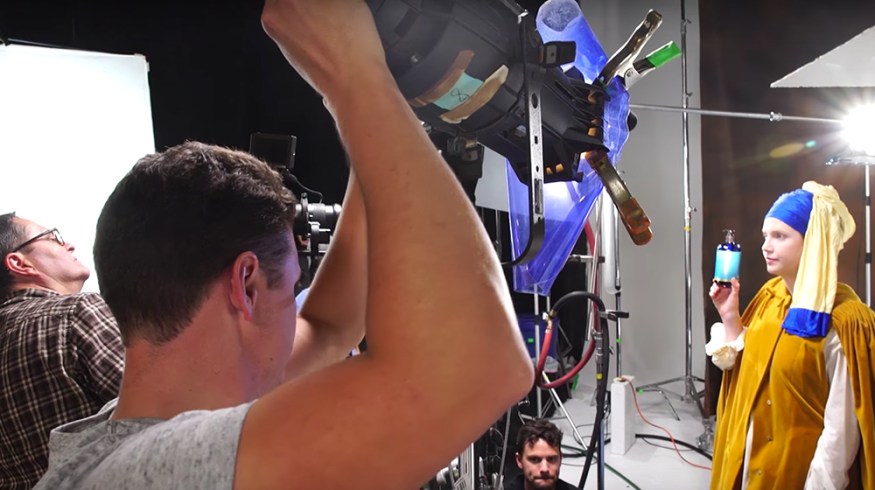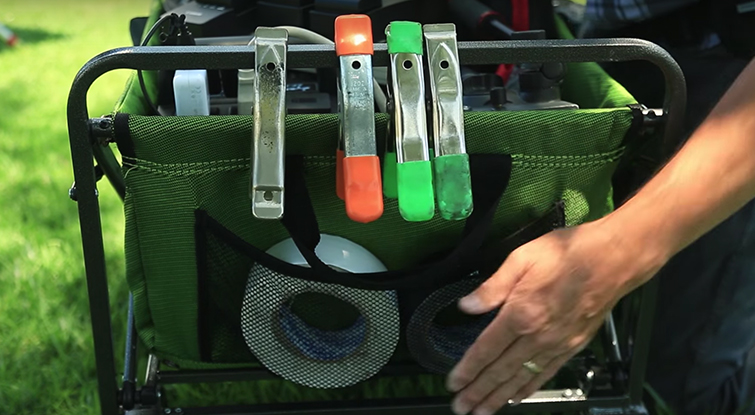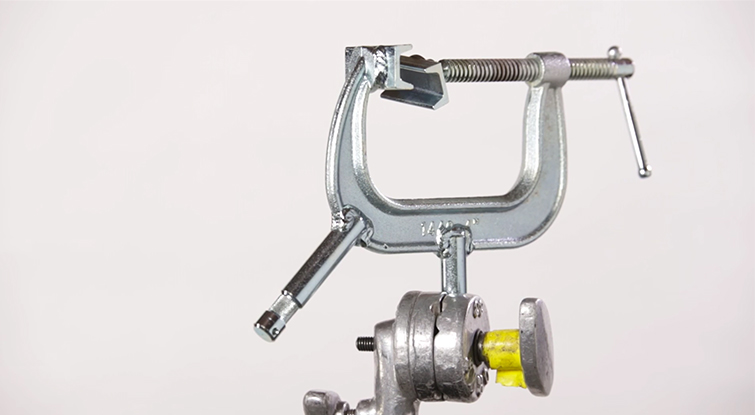
4 Different Clamps for Film Sets and How to Use Them
Clamps can be a grip’s best friend. Let’s take a look at how film and video professionals make use of this must-have tool on set.
All screencaps via The Slanted Lens
The grip department is a vital part of the filmmaking process, and as any grip will tell you, one of the vital tools found on every set is the trusty clamp. These clamps come in various sizes and shapes — we’re going to take a look at the four main types. We’ll also cover where, when, and how you would use them on set.
So, What Are Grips?
Before we get to the clamps, let’s run over the job of the grip. To put it simply, a grip is a production technician who oversees lighting and rigging. Grips are led and directed by the key grip.
Grips perform two main functions on set. The first is to provide support for the electrical department when setting up the production lighting. Secondly, they provide support for the camera department for rigging, and even the operation of camera rigs.
1. Pony A-Clamp
- Price: $2.16

The standard clamp for all grips is the pony clamp, or as it’s more commonly known, the A-clamp. This is the “do everything” clamp. They can be used for mounting gels to a light — just be sure the clamps have rubber so you don’t ruin the gels. You can also use them to mount reflectors, sound blankets, or material for a cyc wall. Professional grips usually have quite a few of these available at all times.
2. Super Clamp
- Matthews Super Mafer Clamp: $51.50

The super clamp, also known as the mafer, is an incredibly powerful clamp to have on set. This clamp can bite down on pipes and poles, allowing grips to mount lights in tight or awkward position. This clamp also comes with the ability to utilize interchangeable mounts, allowing you to mount the clamp to a C-stand — or even to mount a camera, as seen up top.
3. C-Clamp
- Matthews C-Clamp: $51.50

The C-clamp is a classic hardware tool. However, the C-clamps most handymen use are quite different from the C-clamps used on set. As seen in the image above, a grip’s C-clamp has spuds welded to the back edge of the clamp that allow for mounting to a C-stand. The clamp also utilizes U-shaped plates, which give you the ability to attach this clamp to just about any surface.
4. Cardellini Clamp
- Cardellini Clamp: $73.35

The final clamp we’re going to look at is the Cardellini. This clamp has two angled jaws that can tighten onto any flat or round surface. As you can see in the image above, this clamp is mounted to a C-stand and then clamped onto a reflector for lighting. Another great thing about these clamps is that they have rubber pads on the inside of the angled jaws. Because of this, you can be sure the clamp isn’t marking up the surface of whatever you’re clamping to.
If you’d like a visual breakdown of these production clamps (and a few more as well), check out this extensive clamp tutorial from The Slanted Lens. It’s loaded with useful expert information; all of your clamp questions will be answered.
What’s your go-to clamp on a shoot? Give us your feedback in the comments below.





